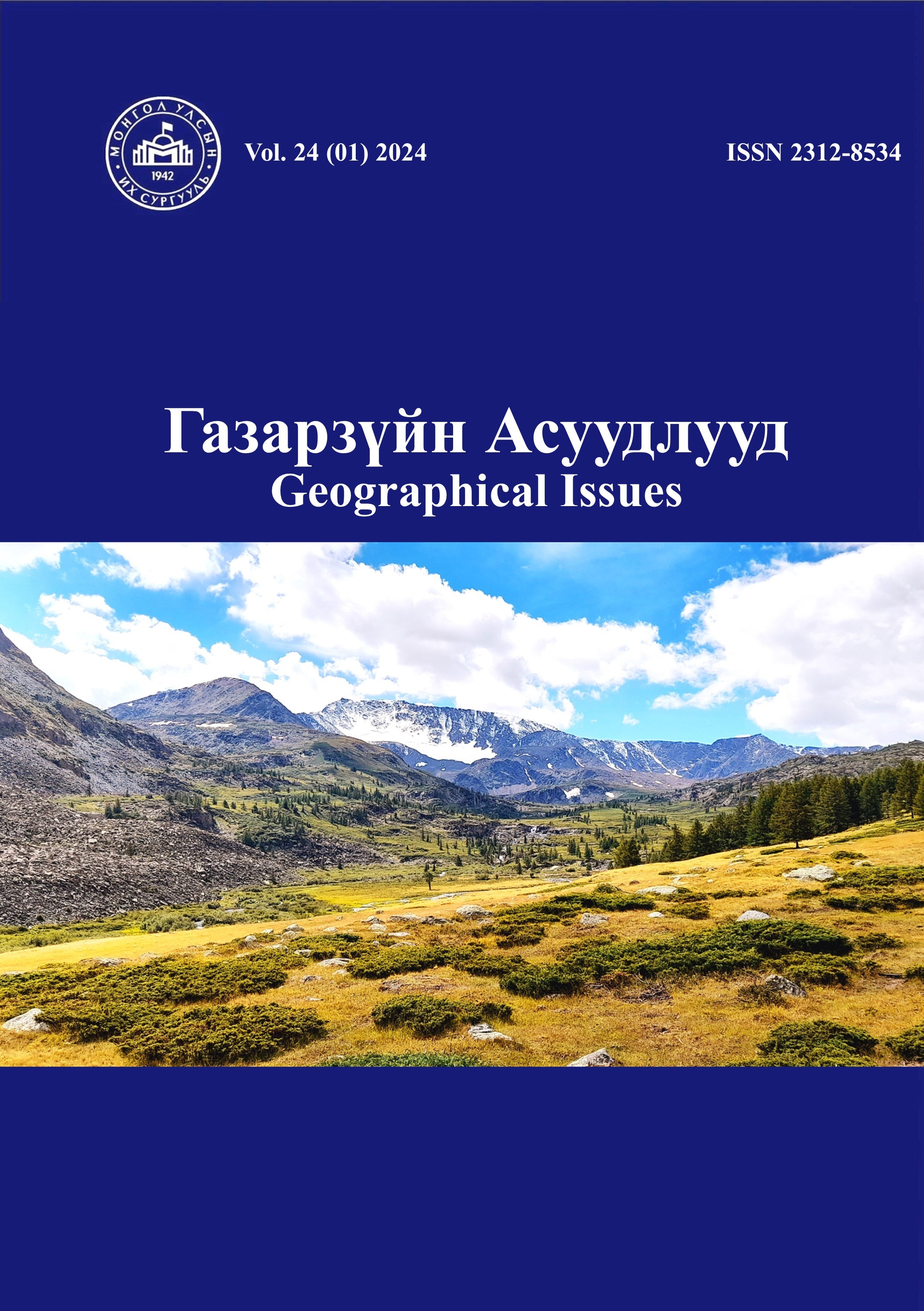Regional SWOT analysis along the eastern vertical axis of transport infrastructure
Тээврийн дэд бүтцийн зүүн босоо тэнхлэгийн дагуух бүс нутгийн SWOT шинжилгээ
Keywords:
Vertical axis of transport infrastructure, SWOT analysis, Chita – Choibalsan – Chayon – Jinzhou axis, Regional cooperationAbstract
Mongolia is not only a landlocked country between China and Russia, but also boasts of having the shortest route between Asia and Europe. The main bridge connecting any country is the axis of transport infrastructure, and within the framework of regional cooperation, the main economic activities such as tourism, foreign trade, export and import are intensified along this axis through cities, border ports and free economic zones. The eastern vertical or Chita-Choibalsan-Chayon-Jinzhou axis will coordinate with the road and railway corridors planned within the framework of the Russia-Mongolia-China Economic Corridor program, and it is possible to develop as a second short link between Russia and China. A SWOT analysis was conducted for the provinces located along the axis with indicators such as geopolitical conditions, population change, agglomeration, livestock development, agricultural development, industrial development, transport logistics development, and tourism development. SWOT analysis shows that the positive effects of strengths and opportunities are stronger than the negative effects of weaknesses and threats. Despite the fact that the basic infrastructure of the axis has not been fully established, foreign trade is ongoing, and the mutual export and import of agricultural raw materials and the supply of mining raw materials will create more advantages. A timely solution to the issue of future participation in Eurasian cooperation is important for the further development of the axis. The development of this axis will increase transit transportation and thus have a significant impact on the improvement of local roads in the Eastern region of Mongolia, the smoothing of economic development at the national level, and the opportunity for independent development.
Downloads
Downloads
Published
How to Cite
Issue
Section
License

This work is licensed under a Creative Commons Attribution-NonCommercial-ShareAlike 4.0 International License.






